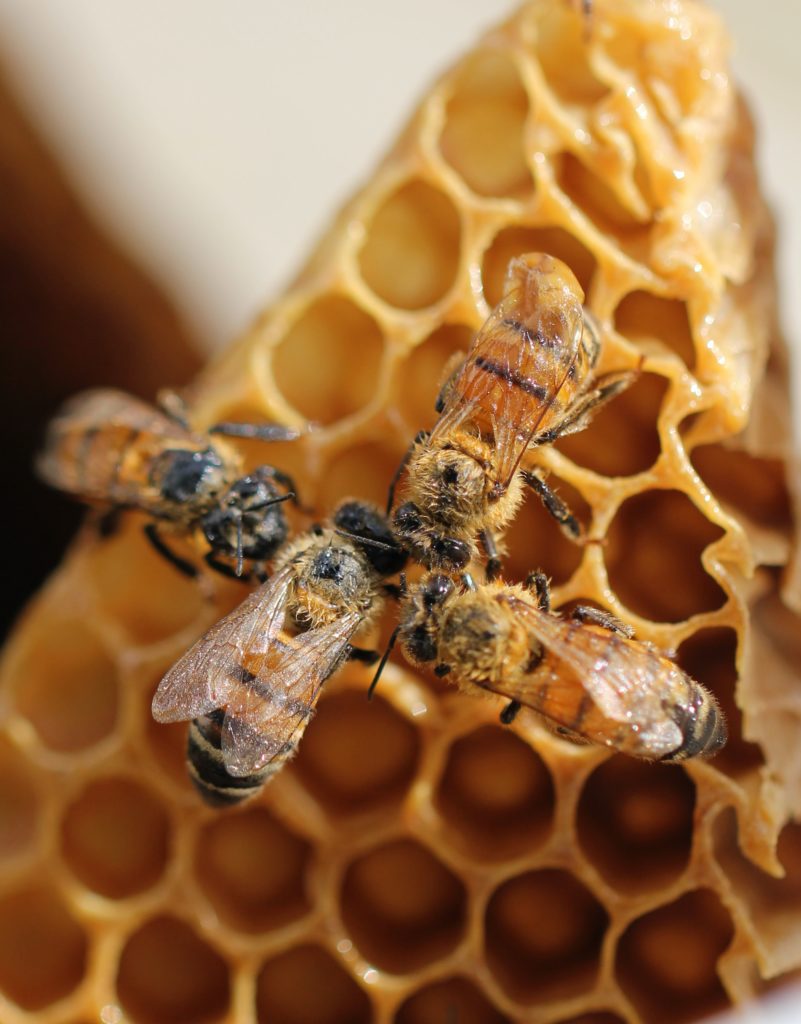There’s no doubt to conservationists that humans would cease to exist without bees. Perhaps that sounds like a bold and impossible statement, but the situation warrants a maximum threat level. Not only are bees critical to our survival, but their own survival is in question. Humans are largely responsible for the bees’ decline, especially through pesticide use and habitat destruction. This is a terrifying thought for sure, but one that has led to an increase in a very specific hobby: backyard beekeeping.
Apiculture is not a simple hobby but it’s also not something to be afraid of. If you have property and are willing to study and learn, you can safely and enjoyably become a backyard beekeeper. This does not mean you must have hundreds of thousands of bees flying around stacked hives up against your home. It also doesn’t mean you have to harvest honey (something the bees really do need for themselves) or work round-the-clock to care for insects. The beauty of backyard beekeeping lies in its flexibility. Whether you’re simply planting bee-friendly flowers or going all out with building your own hive, you can help protect the species so critical to our own survival.
At least one-third of food eaten by Americans comes from crops pollinated by honeybees. These species visit flowers while searching for nectar and pollen to eat. While going from flower to flower, they deposit pollen from previous stops, thereby helping the plants reproduce. Most plants would not be able to procreate without this critical pollinator assistance. The FDA credits a specific species—the European honeybee (Apis mellifera)—as the most important to American agriculture, contributing to a multitude of crops including “apples, melons, cranberries, pumpkins, squash, broccoli, and almonds.”
Honeybee colonies are meticulously organized systems made up of social status and specific roles that regulate hive activity. Any animal with this type of complex social organization and interwoven lifestyle is that much more difficult to manage from a conservation standpoint. So how can we best help bees and other pollinators survive and thrive the way they have evolved to do? Maybe, the answer lies in giving them space to do their own thing. That’s where backyard beekeeping comes in—a way to live alongside nature in a respectful and symbiotic way.
There are thousands of species of pollinator insects that live in our backyards and admittedly, some do present dangers to humans and our furry friends. It’s important to be able to distinguish certain species from others, especially when it comes to honeybees. These insects are docile by nature, preferring not to sting anyone because once they do, they forfeit their own life. Unlike wasps, whose ability to be multiple offenders allow them to be aggressive, honeybees will only sting when they feel their territory is threatened. Unfortunately, the stereotypes of all stinging insects being angry and dangerous has been hurtful for all species.
If you want to host honeybees on your property, you must also learn about their habits and lifestyles. These species are practically perfect when it comes to colony engineering. The predominantly female community can have up to 20,000 individuals that travel two to five miles from their hive to collect pollen. Unlike these worker bees, the hive’s Queen will stay home and lay eggs. Controlling the Queen will dictate the entire community. If you can safely house a Queen, then her colony will follow. This is one of the main principles in beekeeping but it requires a lot more understanding.
Backyard beekeeping, similar to guerrila gardening, allows us to take back green spaces for the way nature intended them. There are tons of amazing online references for creating your own pollinator safe havens. The American Beekeeping Federation’s website has resources for connecting you to local beekeeping organizations. Some places, such as my home state of New Jersey, have vibrant communities of citizen beekeepers willing to take others under their wing (pun intended).
Whether you’re interested in building hives from scratch or merely providing important pollinator-friendly plants, you can help make the land we live on more friendly for these small yet incredibly critical creatures. Allowing pollinators to live safely and peacefully on your property is one of the best ways to reduce your carbon footprint. Not only will you be providing a home for animals critical to our own agricultural survival, but you can witness the beauty of nature in real time while watching these complex colonies grow and thrive.
Get more like this—Sign up for our daily inspirational newsletter for exclusive content!
__
Photo: Shelby Cohron via Unsplash





